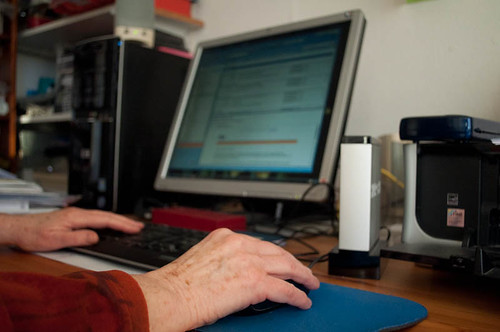Measuring Partisanship and Representation in Online Congressional Communication
Social media and the internet have created new ways for representatives to communicate. How have members of Congress responded to these opportunities? This is the subject of a Center for Effective Lawmaking (CEL) working paper from Associate Professor (and CEL Faculty Affiliate) Michael Kistner, and Ph.D. candidates Robert Alvarez, Lucas Lothamer, and Maya Fitch (all of the University of Houston), as well as post-doctoral researcher Michael Heseltine of the University of Amsterdam and Associate Professor Elizabeth Simas of Texas A&M University. The authors introduce a multiplatform dataset of congressional communications extending back to the onset of the social media era. Using computational language processing, they classify approximately 5 million tweets, 2.5 million Facebook posts, and 184,000 email newsletters authored by members of Congress between 2009-2022 based on intended purpose, and scale the partisanship of each message along a continuous left-right dimension. After validation, they demonstrate how their data can be used to study partisanship and representation in the contemporary Congress. Their research reveals that congressional rhetoric has become more partisan and negative as social media usage has increased. They identify one potential mechanism contributing to this trend: partisanship and negativity receive inflated levels of positive engagement on social media, relative both to other message types and reception by offline audiences.
To learn more, read the full report here.
“Passe-partout (computer, e-mail, online)” by Wies_van_Erp is licensed under CC BY-ND 2.0.



